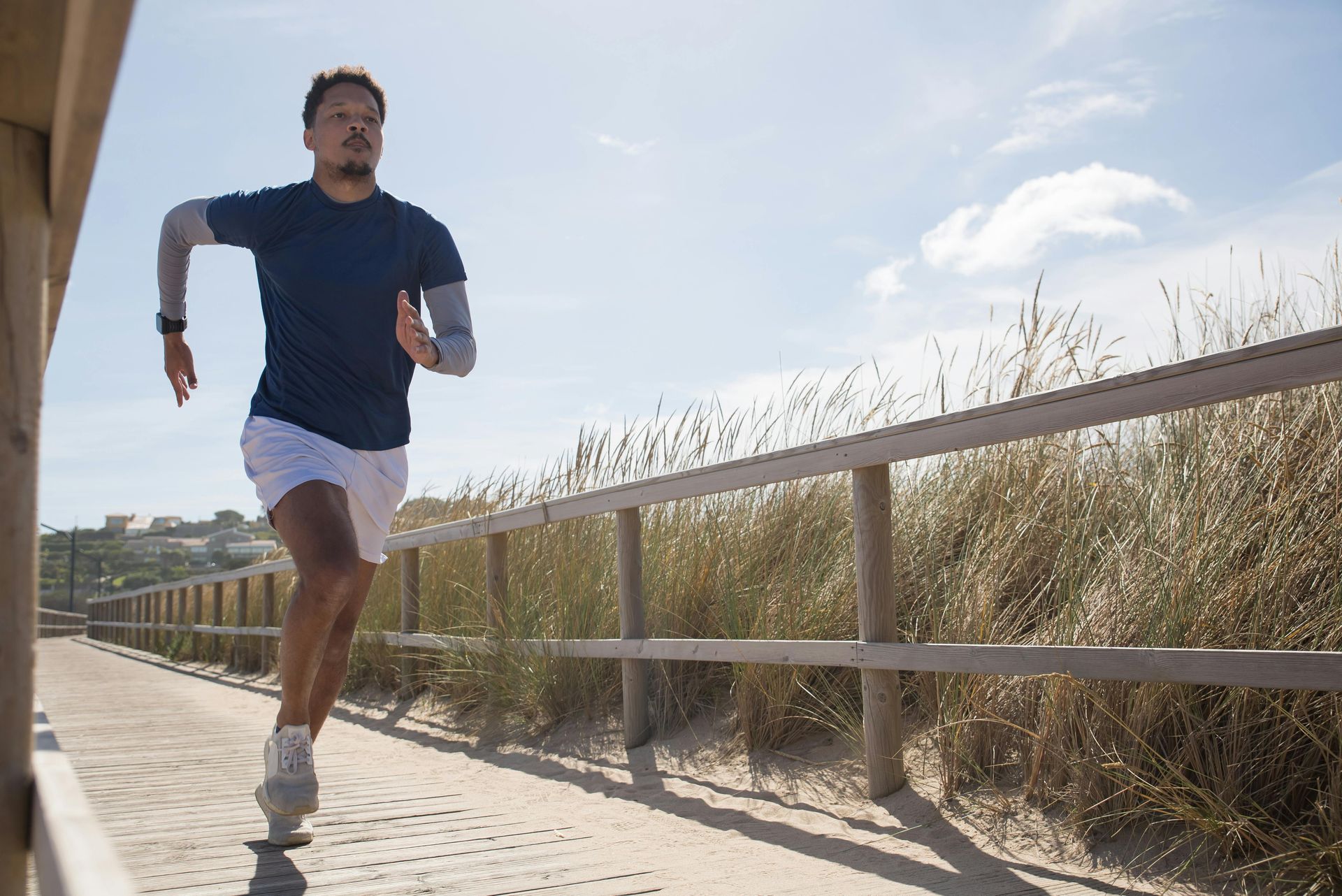How To Choose The Right Football Boot
Every human foot is different! Athletes and weekend warriors are no exception! While most
of us like to think of ourselves as ‘elite athletes’, the majority play for their local team, enjoy
time with mates, while reaping the benefits of regular physical activity.
If you are a weekend warrior, here are a few tips to help you know how to choose the right
football boot.
With the football (AFL and Soccer) season upon us, we often get all types of
questions regarding football boots. The Football boots we buy are often chosen because we
see our favourite player wearing them.Or sometimes because we like the colour or
chancing umpires’ votes!
Buying a footy boot is an important decision and we need to put
this aside and consider some of the important functional features.
Most notably, comfort, foot shape, materials, stud configuration, support and/or flexibility.
How To Choose The Right Football Boot
Selecting a boot that lets you perform at your best is far more important than style, colour
or which famous sports person wears them.
The right boot for your feet will ensure you have extreme comfort, support, and prevent you from developing injuries. The 4 most important things you should consider when buying new boots are:
Getting your boot fitted by a professional is key to comfort and injury prevention. When buying boots online you run the risk of them being too wide or too narrow. This can increase the likelihood of blistering, nail damage, and increase load on specific muscles. A professional can take into account your training and game history, foot shape, and if you need to fit in padding or a foot orthotic.They also have up to date knowledge on the boot’s functional features.
In a study comparing 2 professional teams, one team had self-selected boots and the other had their boots selected based off their foot profiles. The team that had professionally fitted boots had higher comfort ratings and a lower incidence of lower limb
injuries.
The best shoe is the shoe that fits best!
Materials
Believe it or not, the materials the boot is made of can affect overall fit and function.
The lighter more synthetic materials often lack durability and support and do not conform to the
foot like the leather options.
Kangaroo leather is strong and durable and will respond well to kicking and the rapid change in direction. Recent studies have shown an increase in time
spent on the sideline with certain injuries when a player has changed their boots.
Studs
The general rule of thumb here is that mouldable studs are better in dry conditions when the surface is hard and when it's wet and slippery the longer screw ins are better suited. If you are a higher-level player, sometimes it’s worth having two pairs with different stud
configurations.
Studs play a great role in injury prevention.
They allow for traction across the ground. The number and distribution of studs is assumed to diffuse stress, reduce pressure peaks, and
improve stability and comfort when playing.
However, as discussed in our previous blog 'A Brief journey into Men’s and Women’s Football boots' there has been an increase literature looking at the role stud position and number can impact the occurrence of ACL injuries in female athletes given that the boots in most cases are ‘let shrink and paint it pink’ column.
Meaning that they are smaller versions of the men’s shoes and not made for women’s feet.
If you are unsure if a certain football boot will be appropriate for you or you are looking for advice on a new boot, make an appointment or phone our clinic to chat with our expert sports podiatrist, Sam!










